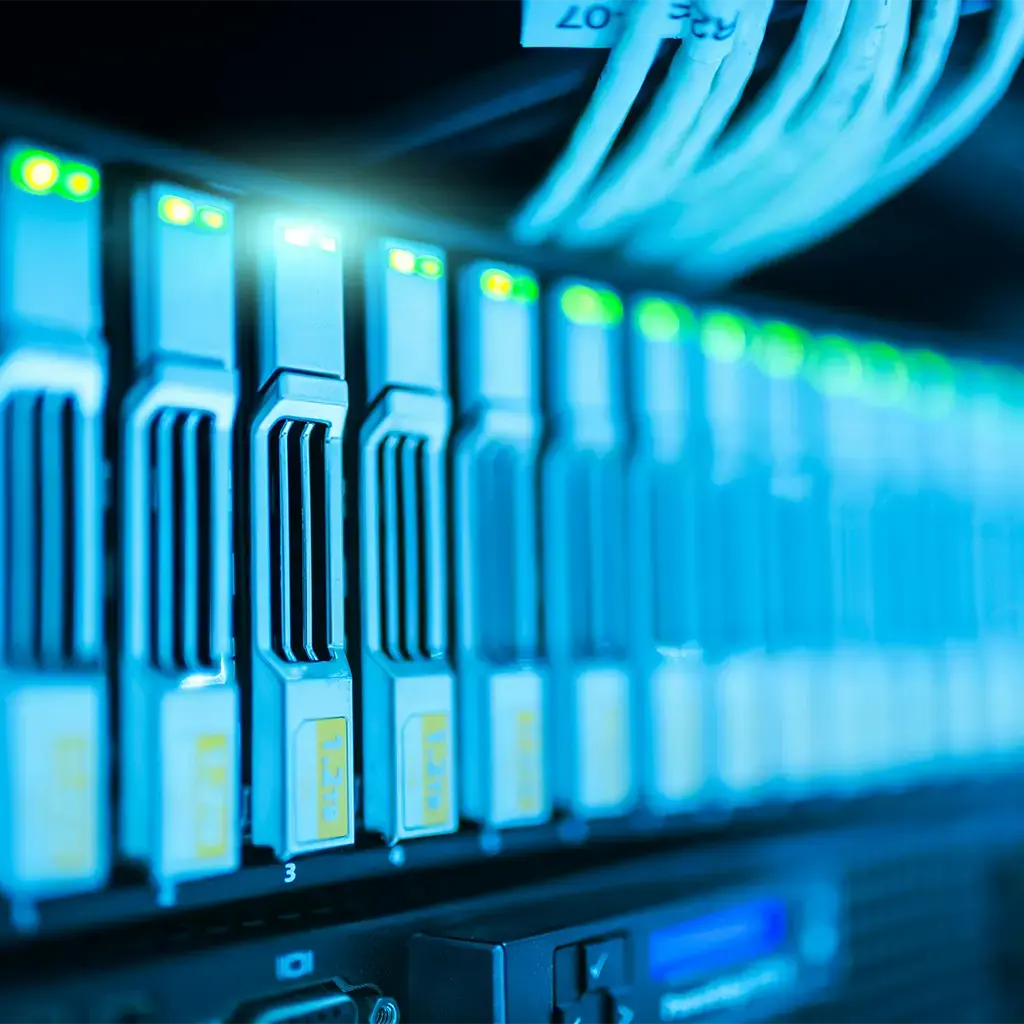IoT devices are everywhere – with billions already connected and billions more set to be activated in the decade to come. From tracking our sleep habits to monitoring temperatures and home security, they’ve made life easier for consumers in many ways, and the data they provide has become a valuable resource that continues to develop.
In the world of telecommunications, IoT devices’ popularity and capabilities have steadily increased. But with new innovations in smart agriculture, autonomous vehicles and 5G running in parallel, our Principal Industry Consultant John Nevins notes that, “IoT is officially coming of age in the industry.”
How can telcos take advantage of these burgeoning opportunities and emerge as hyperscalers of IoT innovation?
In a discussion with IoT leaders Valerie Ianno and Jimmy Huff from T-Mobile, John Nevins uncovered the realities of the IoT market and how companies can implement the technology at scale.
Here, we’ll explore a few of the key themes from their conversation, including IoT market trends and how they’ve affected different industries, the challenges of IoT implementation, and takeaways on how telcos can grow through the growth of IoT.
IoT market trends across industries
The growth of IoT in telco has been exponential, with key enablers like AI, machine learning, secure connectivity and 5G technologies such as network slicing. In the wider marketplace, telcos are regarded as a trusted brand that play an important role in providing IoT connectivity and solutions to different industries.
In the discussion, our panelists commented on how they’ve seen IoT shape many spaces, including:
Fleet and logistics
Fleet telematics revolutionised the logistics industry by improving asset tracking, fuel management and predictive maintenance using IoT sensors and geofencing. IoT enables seamless tracking of goods throughout the supply chain via technologies like LPWA (low-power wide area), Bluetooth and cellular connectivity.
Manufacturing
IoT addresses challenges within manufacturing facilities by monitoring machinery health, improving operational processes and enabling predictive maintenance with sensors. IoT helps optimise workflows and monitor temperature, vibration and energy usage, even with older equipment.
Retail
IoT can enhance customer engagement and experience by tracking in-store behaviour. Integrations with AI allow for personalised recommendations and optimised inventory management.
Remote patient monitoring and IoT-based devices allow healthcare providers to track patients' conditions from home, reducing hospital visits while ensuring efficient care delivery.
Across all industries, our panelists noted that the maturation and sophistication of IoT has come a long way. Valerie Ianno, Global IoT Lead at T-Mobile, said that in the beginning, “it was all about sending simple data: Is it on, is it off, is it monitoring. We’re at the age where we can coalesce all these data points into a single platform.”
Jimmy Huff, Senior IoT Expert, agreed, “I see customers trying to get to business outcomes through IoT solutions. How do they take those insights and turn those into actionable outcomes?”
Telcos are uniquely positioned to help companies navigate this wealth of IoT data, as we’ll explore below.
Challenges and success factors for IoT implementation
While many companies are ready to experience the benefits of IoT – or optimise their existing approach – there are several challenges to consider when implementing the technology.
Here are a few things to keep in mind:
Technology choices
Global IoT deployment requires navigating complex regulations, network bands and compliance standards. Selecting a robust, global connectivity provider with transatlantic support is essential.
Complexity for customers
Many businesses lack IoT expertise and need trusted advisors to guide them through designing, deploying and managing IoT solutions effectively. Ecosystems of partners and expertise are critical to coalesce solutions and data management.
Security and redundancy
Security is a top concern as IoT introduces vulnerabilities due to the vast number of connected devices. Telcos focus on layered security approaches, including private networks, edge computing and AI-driven monitoring.
Redundancies, like automated switching between network IDs ensure consistent connectivity.
Key takeaways for telco growth through IoT
Once the challenges of implementation have been considered, companies can begin to envision the benefits that a well-defined approach to IoT can bring.
Our experts discussed key areas for IoT growth – and how telcos’ potential as IoT hyperscalers can support this growth across the technology ecosystem.
Here are a few examples:
Embrace ecosystem partnerships
IoT success relies on collaboration between telcos, solution providers and technology partners to deliver scalable, compliant and innovative solutions.
Focus on outcomes
IoT implementation should address clear business objectives like efficiency, productivity and customer engagement, rather than implementing technology for its own sake.
Simplicity and scalability
Businesses need solutions that are future-proof, easy to deploy and scalable, considering evolving standards like eSIMs and LPWA technologies.
Innovation meets safety
Bold steps in IoT adoption should be coupled with safety nets to avoid operational risks, leveraging trusted partnerships and secure frameworks.
Moving ahead in an IoT era
As IoT connectivity continues to rise, the technology has the power to transform operations and build efficiencies across industries. With telcos at the heart of this transformation, now is the time for businesses to assess their IoT approach and take proactive steps toward safe and practical adoption.
To learn more about how telcos can support companies on their IoT journey, watch the full webinar discussion here.
